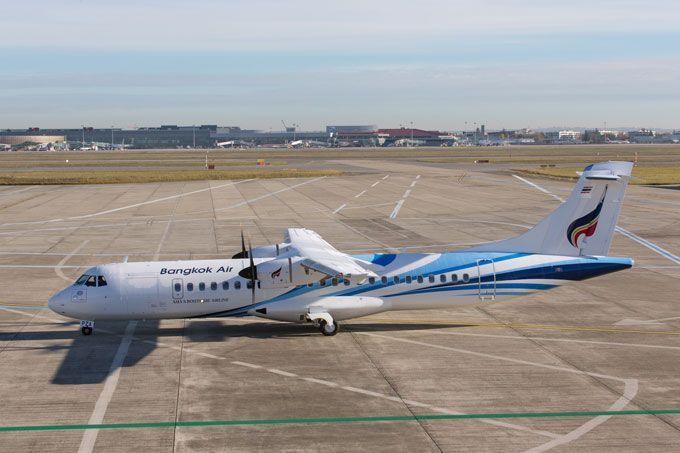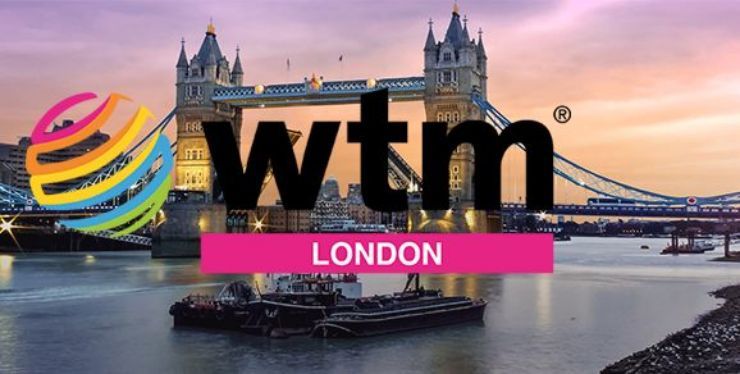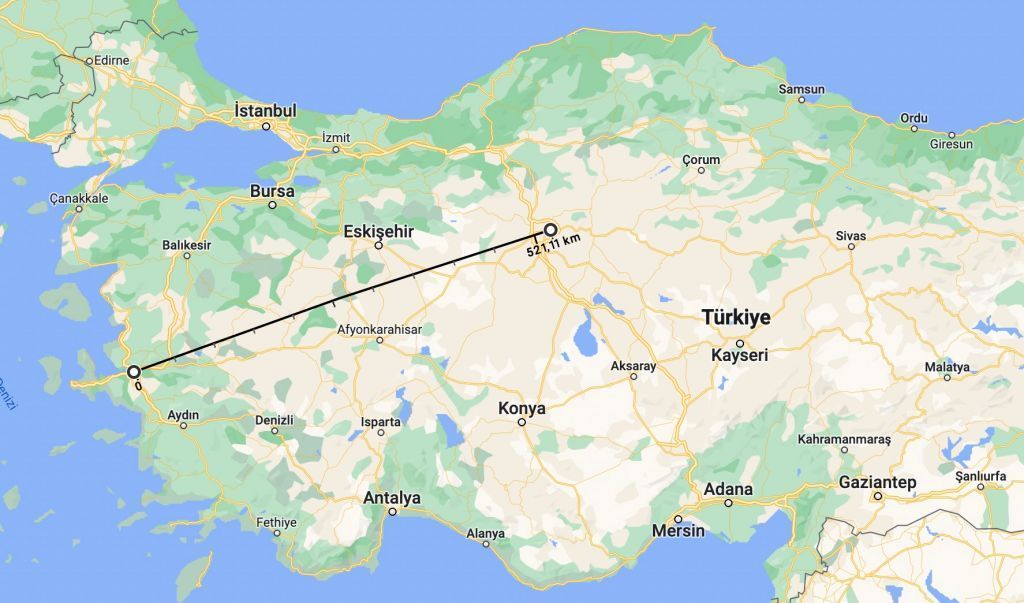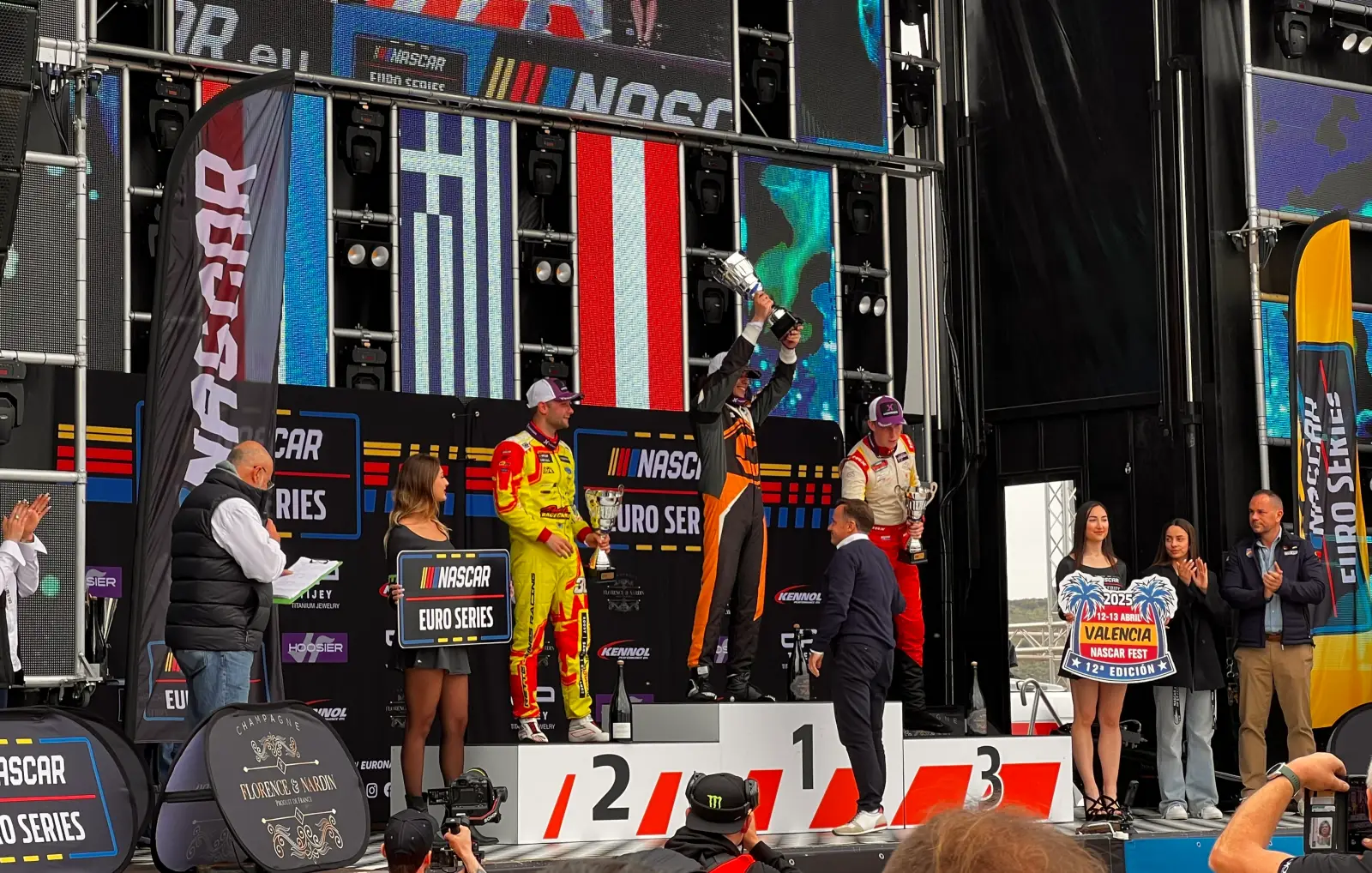A study commissioned by Expedia Group in partnership with Luth Research provides fresh insights into the digital habits and preferences of travelers across seven countries.
The exhaustive study encompassed Australia, Canada, France, Japan, Mexico, the U.K., and the U.S., and delves into every aspect of the modern traveler’s online journey—from the inspiration phase to the final booking.
An In-depth Look at Online Research
Interestingly, the typical consumer across the surveyed countries views an average of 141 pages of travel content in the 45 days leading up to a trip. The numbers are even more staggering in the U.S., with travelers consuming up to 277 pages before making a booking. While research is generally inconsistent and spread out during the initial stages, it notably picks up pace just days before a purchase, capping at around 25 page views on the final day.
Online Travel Agencies (OTAs) dominate the travel planning landscape, accounting for 67 of the viewed pages. They are followed by airline websites (33 pages), hotel websites (16 pages), and meta travel websites (16 pages).
Where Do Travelers Go for Information?
OTAs, search engines, social media, airline websites, and meta travel websites are the most frequented online resources during the 45 days before a booking. A significant 80% of travelers will visit an OTA, even if they ultimately book their trip through another channel, suggesting OTAs play a crucial role in travel inspiration and planning.
Time Spent on Travel Research
Travelers aren’t just skim-reading; they’re dedicating a significant amount of time to their travel plans. Across the seven countries, travelers spend an average of 303 minutes—or just over five hours—on travel research. To put this into perspective, that’s longer than the average time it takes to run a marathon.
The U.S. tops the charts again, with travelers spending approximately 524 minutes on research. The report also discovered that vacation rental guests are particularly thorough, dedicating 511 minutes to their travel planning.
Breaking Down Time by Website Category
When divided by the type of website, the average traveler spends 160 minutes on OTAs, 128 minutes on airline websites, and 120 minutes on meta travel websites.
Hotel and car rental websites receive comparatively less attention, but those who do visit these websites spend around 90 and 60 minutes, respectively.
Desktop vs. Mobile Research
In the era of mobile-first design, it may come as a surprise that travelers still prefer desktop for their more intensive research. The digital panel data showed limited mobile app visibility, but desktop sessions were considerably longer than their mobile web counterparts.
The Path to Purchase and Beyond
The study also found that the average ‘path to purchase’—the span from thinking about a trip to actually booking it—is 71 days. This involves 33 days of inspiration and 38 days of intensive research and planning.
The post-booking phase, or the time between the booking and the trip, averages 73 days. These numbers, however, vary by country and type of travel. For example, Japanese travelers typically take 45 days to go from inspiration to booking, primarily because their trips are often shorter and require less planning. On the flip side, international trips have a longer 85-day planning window, underscoring the additional complexities of cross-border travel.
The study is a treasure trove for industry stakeholders, offering actionable insights into consumer behaviors and preferences that could shape future marketing strategies. Whether you’re an OTA, a hotel chain, or an individual consumer, understanding these trends is the first step towards a more streamlined and efficient travel planning experience.














